Introduction to South Dakota’s State Bird
![]()
The Ring-necked Pheasant (Phasianus colchicus) holds the esteemed title of South Dakota’s state bird. Originally from Asia, this vibrant avian species was introduced to North America in the late 19th century as a game bird. South Dakota quickly became a vital habitat for these birds, and they adapted well to the state’s diverse landscapes.
Renowned for its striking appearance, the male Ring-necked Pheasant boasts a resplendent green head, a white neck ring, and a rusty-brown body adorned with iridescent feathers. Females, on the other hand, display a mottled brown plumage that allows them to blend seamlessly with their surroundings. These distinct physical characteristics make the pheasant easily identifiable and a beloved sight for bird enthusiasts and hunters alike.
Beyond its aesthetic appeal, the Ring-necked Pheasant holds immense importance to South Dakota. It has become an iconic symbol of the state’s wildlife, embodying the rugged beauty and rich biodiversity of the region. Pheasant hunting has emerged as a cherished tradition, attracting enthusiasts from all corners of the country to experience the thrill of pursuing this majestic bird through South Dakota’s picturesque landscapes.
Moreover, the economic significance of the Ring-necked Pheasant cannot be overstated. Pheasant hunting has become a major driver of tourism, drawing visitors who contribute to the growth of local economies. South Dakota’s fertile agricultural lands and expansive grasslands provide the ideal habitat for these ground-dwelling birds. Their adaptability to various environments, including agricultural fields and wetlands, has allowed the population to thrive and establish a robust presence across the state.
Recognizing the ecological and cultural importance of the Ring-necked Pheasant, South Dakota has implemented conservation efforts to protect and preserve these magnificent birds. Habitat preservation and rehabilitation programs have been instrumental in ensuring the survival of the species and maintaining its population. By safeguarding their natural habitat, South Dakota aims to secure a sustainable future for the state bird and the diverse ecosystems it inhabits.
In the subsequent sections of this article, we will delve deeper into the physical description, behavior, unique adaptations, and conservation efforts related to the Ring-necked Pheasant. By exploring these aspects, we can gain a comprehensive understanding of the bird’s fascinating characteristics and the measures taken to safeguard its presence in South Dakota.
Physical Description of the State Bird
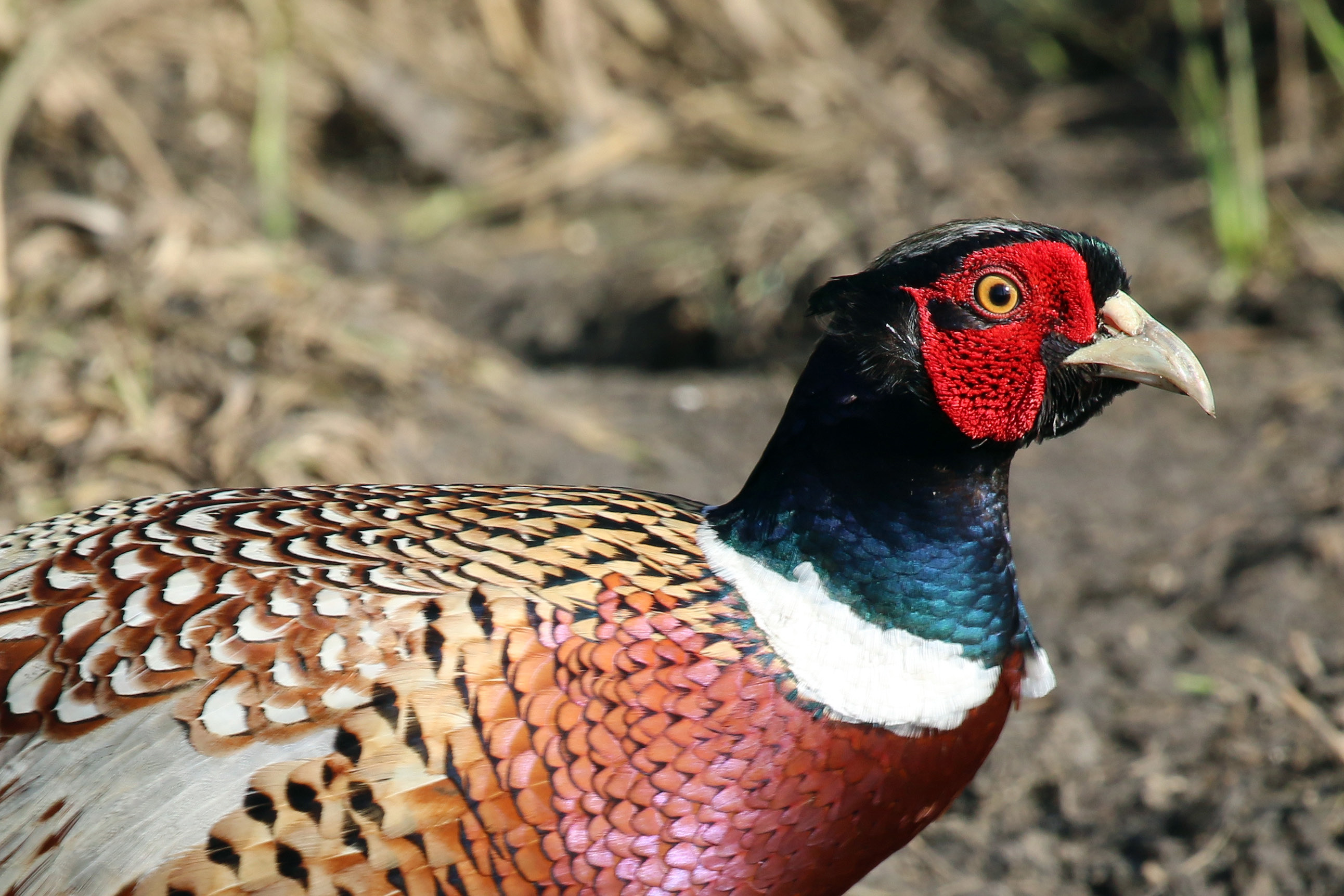
The Ring-necked Pheasant, South Dakota’s state bird, boasts a remarkable physical appearance that distinguishes it from other avian species. Understanding its size, coloration, wingspan, tail length, and other features provides insight into the captivating nature of this bird.
Size

Measuring approximately 20 to 36 inches (50-90 cm) in length, the Ring-necked Pheasant is a medium-sized bird that contributes to its graceful presence in the South Dakota landscape.
Color
The male Ring-necked Pheasant exhibits a striking array of vibrant hues. Its head, neck, and chest are adorned with iridescent green, purple, and copper feathers that shimmer under the sunlight. The body of the male pheasant is predominantly brown, complemented by distinctive black markings. In contrast, the female pheasant displays more subdued tones, sporting a mottled brown appearance that aids in its camouflage.
Wingspan
![]()
With a wingspan ranging from 27 to 31 inches (68-79 cm), the Ring-necked Pheasant possesses the agility and grace to navigate its habitat with ease, showcasing its aerial prowess.
Tail Length
One of the most notable features of the male pheasant is its long, pointed tail, which can extend up to 20 inches (50 cm) in length. This extravagant tail adds to the bird’s visual appeal. Conversely, the female pheasant possesses a shorter and more rounded tail, characteristic of its gender.
Other Features
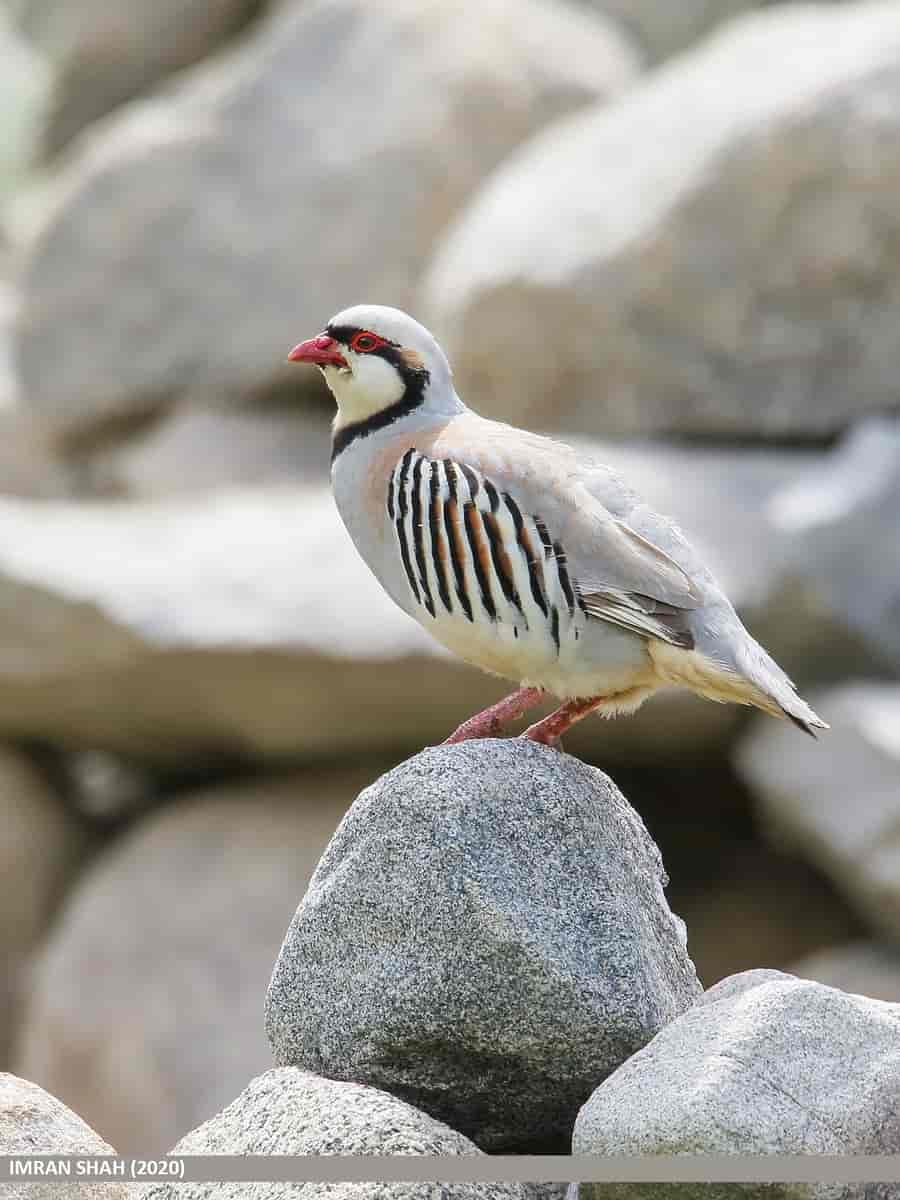
Both male and female Ring-necked Pheasants exhibit a prominent white ring encircling their necks, although it is more pronounced in males. This distinctive feature serves as a visual marker of the bird’s species. Additionally, the pheasant possesses a robust, hooked beak and sturdy legs, perfectly adapted for foraging and traversing the ground.
Understanding the physical attributes of the Ring-necked Pheasant allows us to appreciate the beauty and uniqueness of South Dakota’s state bird. The striking colors, impressive wingspan, and remarkable tail length contribute to its allure, making it a fascinating symbol of the state’s avian diversity.
Behavior and Habits of the State Bird

The Ring-necked Pheasant, South Dakota’s state bird, showcases fascinating behavior and habits that contribute to its unique characteristics. Let’s delve into its habitat, foraging behavior, mating rituals, nesting and incubation, as well as brood rearing.
Habitat and Distribution
Thriving in South Dakota’s diverse landscape, the Ring-necked Pheasant adapts to grasslands, agricultural fields, and open areas with shrubs and tall grasses. Originally from Asia, it was introduced to North America in the late 1800s and has since successfully established itself across the state.
Foraging Behavior
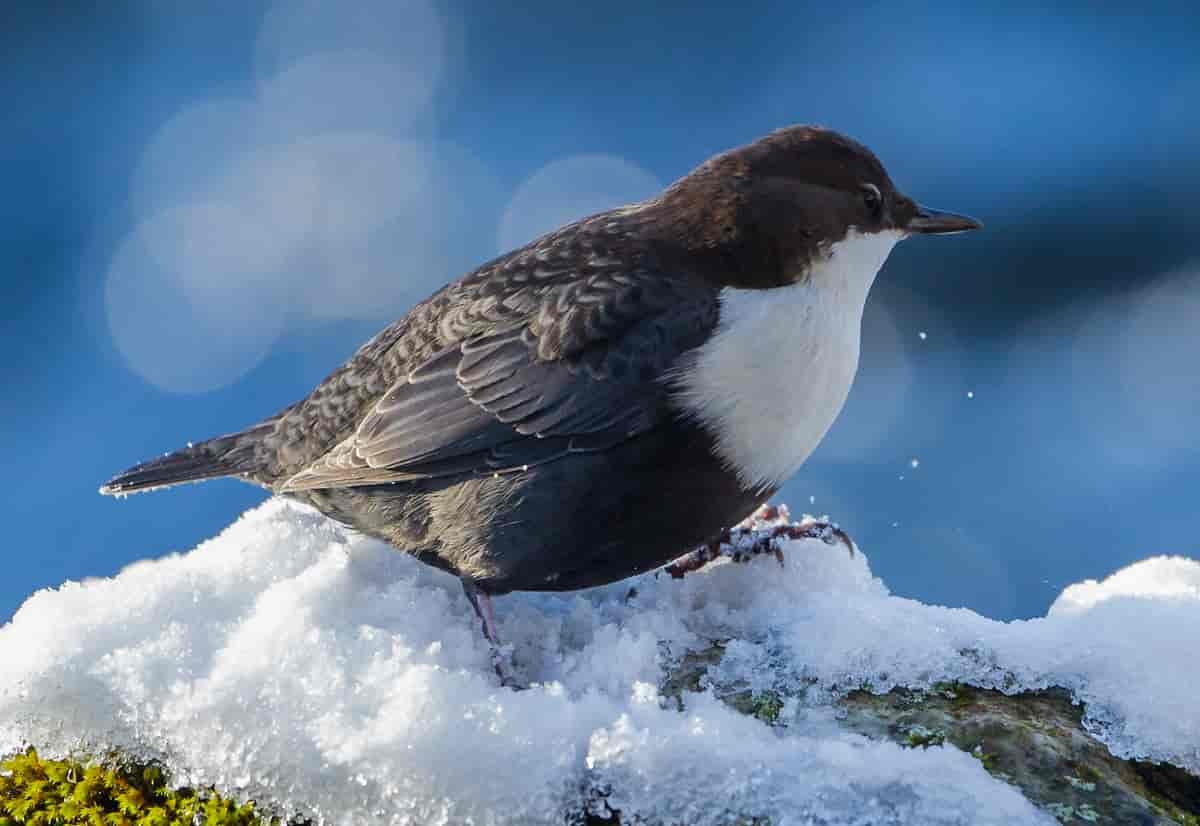
As an omnivorous bird, the Ring-necked Pheasant sustains itself on a varied diet, including seeds, grains, insects, and small invertebrates. It skillfully forages on the ground, using its strong bill to scratch and dig for food. Agricultural fields, especially during harvest season, provide abundant sustenance for these birds.
Mating Rituals
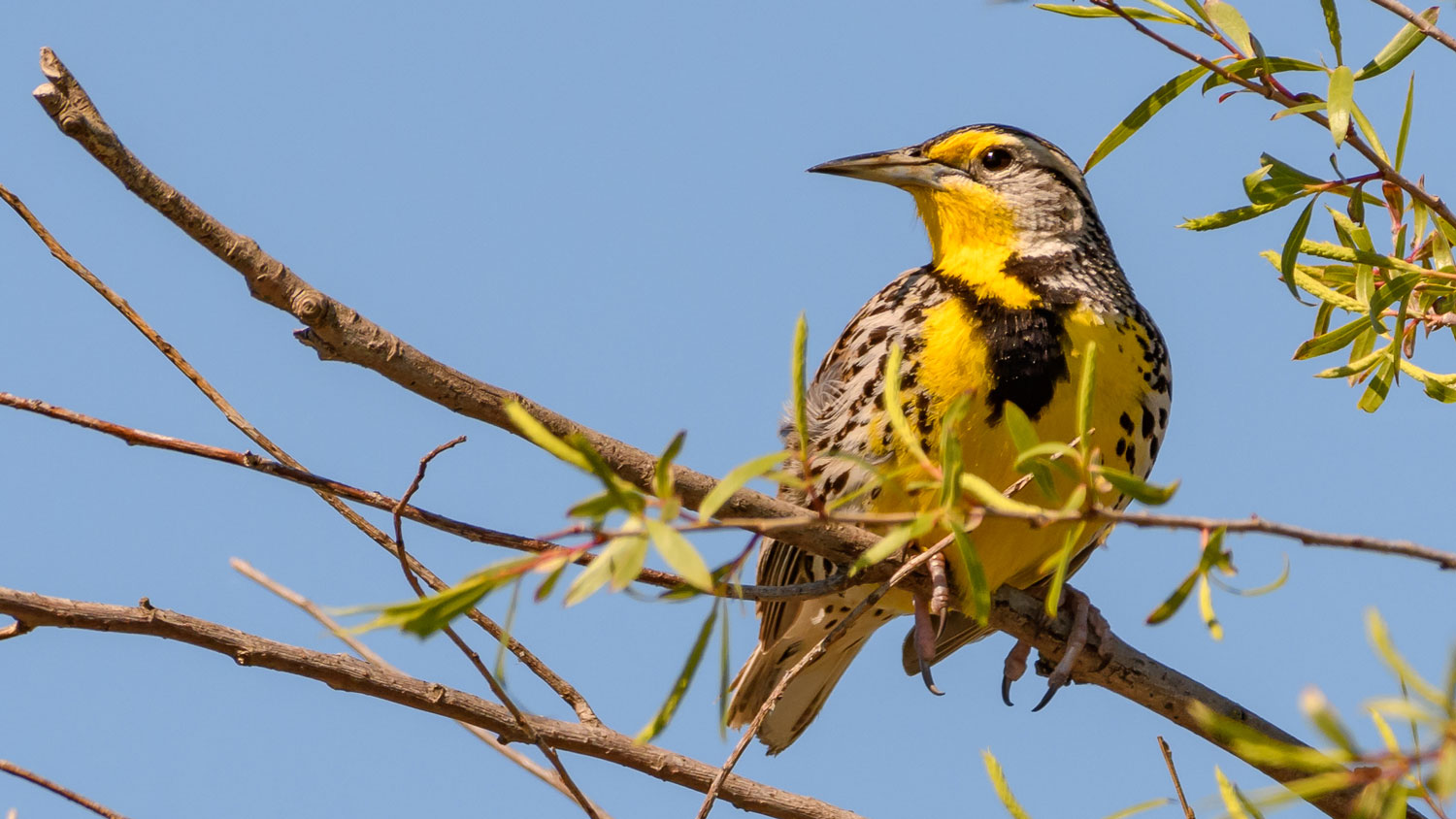
During the breeding season, which begins in late spring, the male Ring-necked Pheasant displays striking courtship behavior. The male, or rooster, seeks to attract a mate through elaborate displays. These include fluffing its colorful plumage, fanning its tail feathers, and emitting distinctive calls. These displays serve as visual and auditory signals to attract females and establish territory.
Once a female, known as a hen, is enticed by the male’s courtship, they engage in a ritualistic dance. The male circles the female, sometimes engaging in short flights or exaggerated struts, while the female responds with subtle movements and vocalizations. This courtship dance is a crucial element of the pheasant’s mating ritual.
Nesting and Incubation

After mating, the female Ring-necked Pheasant constructs a nest on the ground, usually hidden amidst tall grasses or dense vegetation. The nest is a shallow depression lined with grass and feathers. The female lays a clutch of eggs, typically ranging from 8 to 15, and incubates them for about three weeks.
Brood Rearing
Once the eggs hatch, the female leads her brood of chicks away from the nest to search for food and shelter. The chicks are precocial, meaning they are relatively independent and able to move and feed shortly after hatching. However, the female plays a crucial role in protecting and guiding her brood, teaching them essential survival skills and leading them to suitable foraging areas.
Understanding the behavior and habits of the Ring-necked Pheasant deepens our appreciation for this remarkable state bird. Its ability to adapt to South Dakota’s landscape and the intricate rituals involved in its survival and reproduction are truly captivating.
Unique Adaptations of the State Bird
![]()
The Ring-necked Pheasant (Phasianus colchicus), South Dakota’s state bird, possesses remarkable adaptations that enable it to thrive in diverse ecosystems.
Plumage: A Vibrant Display
The male Ring-necked Pheasant sports a striking appearance with its metallic green head, white neck ring, and colorful body feathers. These distinctive markings serve multiple purposes. They provide camouflage, blending the bird seamlessly into its surroundings and protecting it from predators. Additionally, the male’s eye-catching plumage plays a crucial role in attracting mates during the breeding season. The bright colors signify the bird’s health and vitality, making it more desirable to potential partners.
Camouflage: Blending In for Survival
In contrast, the female Ring-necked Pheasant boasts a more subdued and camouflaged appearance. This adaptation allows her to blend in with her environment, enhancing her ability to conceal herself while nesting and rearing young. By minimizing visibility, the female can protect her offspring from predators and increase their chances of survival.
Adaptation to Cold Climate: Enduring Harsh Winters
South Dakota’s harsh winters pose a significant challenge, but the Ring-necked Pheasant has evolved to endure these conditions. It grows feathers with insulating properties that provide much-needed warmth during colder months. These specialized feathers effectively trap air close to the body, acting as a natural insulator. Furthermore, the pheasant’s feet have adapted to prevent frostbite. The scales on their legs and feet reduce heat loss, and their blood vessels constrict to minimize heat exchange with the cold ground.
Flight Abilities: Escaping Danger and Migration
The Ring-necked Pheasant possesses powerful flight capabilities, contributing to its survival in various situations. When faced with imminent danger or predators, the bird can swiftly take to the air and escape to safety. Flight also plays a crucial role during migration, allowing the pheasants to cover long distances in search of suitable habitats and resources.
Roosting: Seeking Refuge in Elevated Perches

To rest and seek refuge, Ring-necked Pheasants commonly roost in trees or tall grasses. With their strong feet and sharp claws, they can grip branches or foliage securely. This adaptation provides them with elevated perches and concealed resting spots, ensuring better protection against ground-based predators.
Foraging Adaptations: Varied Diet and Keen Senses
![]()
The Ring-necked Pheasant exhibits a diverse diet, including seeds, grains, insects, and small vertebrates. Its beak is well-suited for cracking open seeds and grains, enabling efficient consumption of plant matter. Additionally, the pheasant’s keen eyesight and quick reflexes aid in detecting and capturing insects and small prey, contributing to its adaptability and survival in various environments.
In conclusion, the Ring-necked Pheasant’s unique adaptations enable it to thrive in South Dakota’s challenging ecosystems. From its vibrant plumage and camouflage to its ability to withstand cold climates, utilize powerful flight, find secure roosting spots, and obtain varied food sources, this state bird exemplifies remarkable evolutionary traits. Understanding and appreciating these adaptations shed light on the pheasant’s significance and resilience within South Dakota’s natural heritage.
Conservation Efforts to Protect the State Bird: Overview
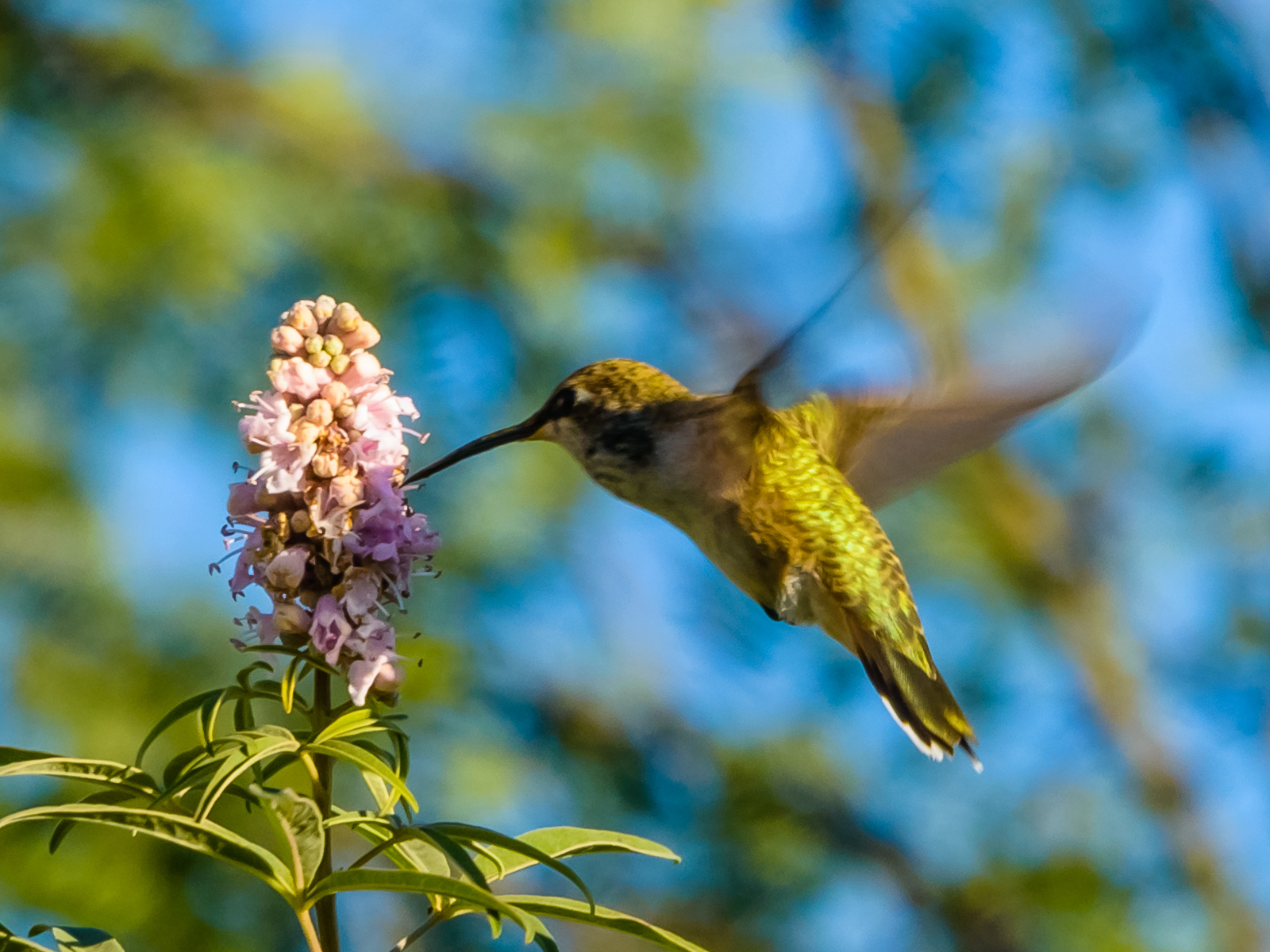
The Ring-necked Pheasant holds a significant place in South Dakota’s wildlife heritage. Introduced in the late 19th century, it has become an iconic symbol of the state’s hunting and conservation efforts.
Conservation initiatives focus on maintaining and enhancing suitable habitats for a thriving pheasant population. The South Dakota Game, Fish, and Parks Department (GFP) collaborates with landowners and stakeholders to implement various habitat conservation practices. These include planting cover crops, establishing wildlife-friendly buffer zones, and creating nesting areas.
The Conservation Reserve Program (CRP) provides financial incentives to landowners to enhance wildlife habitat, benefiting not only pheasants but also other species. Partnerships with organizations like Pheasants Forever facilitate the implementation of conservation initiatives, including research, education, and land management practices.
Restoring degraded habitats, such as marginal agricultural lands and native grasslands, is crucial for providing necessary resources for pheasants to thrive. Responsible hunting practices and monitoring population dynamics ensure sustainable hunting and prevent overexploitation.
The collective efforts of the GFP, organizations, and stakeholders contribute to protecting and conserving the Ring-necked Pheasant. These conservation programs safeguard the state bird’s future and enhance the biodiversity and ecological health of South Dakota.
Conclusion
![]()
The Ring-necked Pheasant is a beloved and iconic symbol of South Dakota’s natural heritage. Conservation efforts have been crucial in protecting and enhancing the pheasant population. Habitat preservation, restoration programs, and responsible hunting management play integral roles in conserving this state bird. Collaborative efforts ensure a sustainable future for the Ring-necked Pheasant, preserving its legacy for generations to come.
South Dakota’s recognition of the Ring-necked Pheasant as its official state bird in 1943 marked a significant acknowledgment of its cultural and ecological importance. Despite not being native to the state, the pheasant found a thriving home within South Dakota’s diverse habitats. Its vibrant plumage and distinct ring make it a recognizable and cherished species.
The pheasant hunting season attracts hunters from far and wide, contributing to the state’s tourism industry. Moreover, the presence of the pheasant plays a vital role in maintaining ecosystem balance by controlling insect populations and dispersing seeds.
The recognition of the Ring-necked Pheasant as the state bird highlights the need to preserve and protect habitats in South Dakota. Conservation efforts ensure the long-term survival of the species and preserve the state’s natural heritage.
In summary, the Ring-necked Pheasant represents a fascinating blend of cultural, ecological, and economic significance for South Dakota. By appreciating and safeguarding the bird and its habitats, the state can continue to celebrate its rich natural heritage and sustain a legacy for future generations.
Frequently Asked Questions
What is South Dakota’s state bird?
South Dakota’s state bird is the Ring-necked Pheasant (Phasianus colchicus).
Why was the Ring-necked Pheasant chosen as South Dakota’s state bird?
The Ring-necked Pheasant was chosen as South Dakota’s state bird due to its significant presence in the state and its economic and cultural importance, particularly in relation to pheasant hunting and tourism.
Is the Ring-necked Pheasant native to South Dakota?
No, the Ring-necked Pheasant is not native to South Dakota. It was originally introduced to North America from Asia in the late 19th century as a game bird.
What are the physical characteristics of the Ring-necked Pheasant?
The male Ring-necked Pheasant has a green head, a white neck ring, and a rusty-brown body adorned with iridescent feathers. Females have a mottled brown plumage that helps them blend into their surroundings.
Are there conservation efforts in place to protect the Ring-necked Pheasant in South Dakota?
Yes, South Dakota has implemented conservation efforts to protect and preserve the Ring-necked Pheasant. These efforts focus on habitat preservation, rehabilitation programs, responsible hunting practices, and partnerships with organizations like Pheasants Forever to ensure the species’ survival and maintain a sustainable population.

Leave a Reply